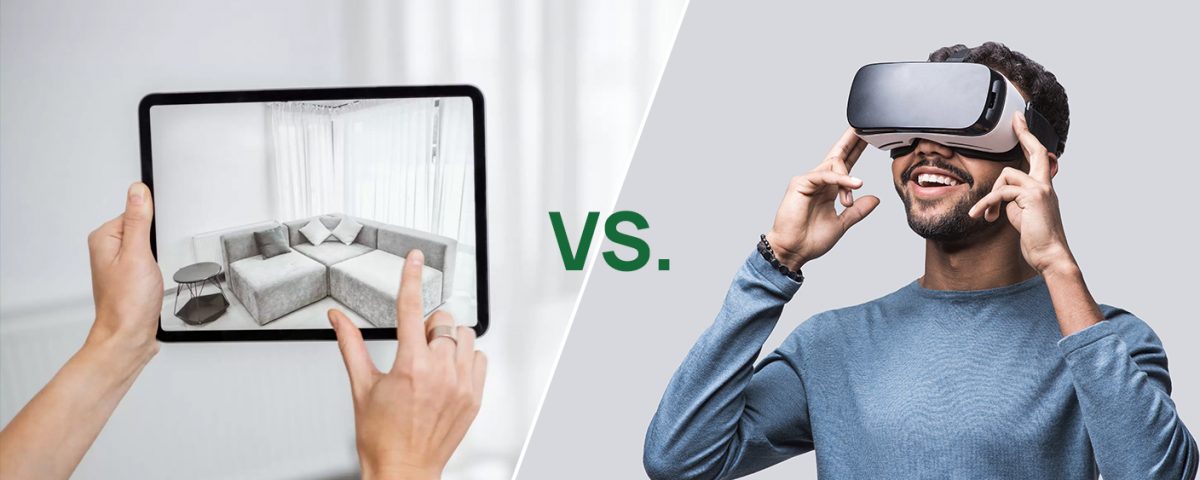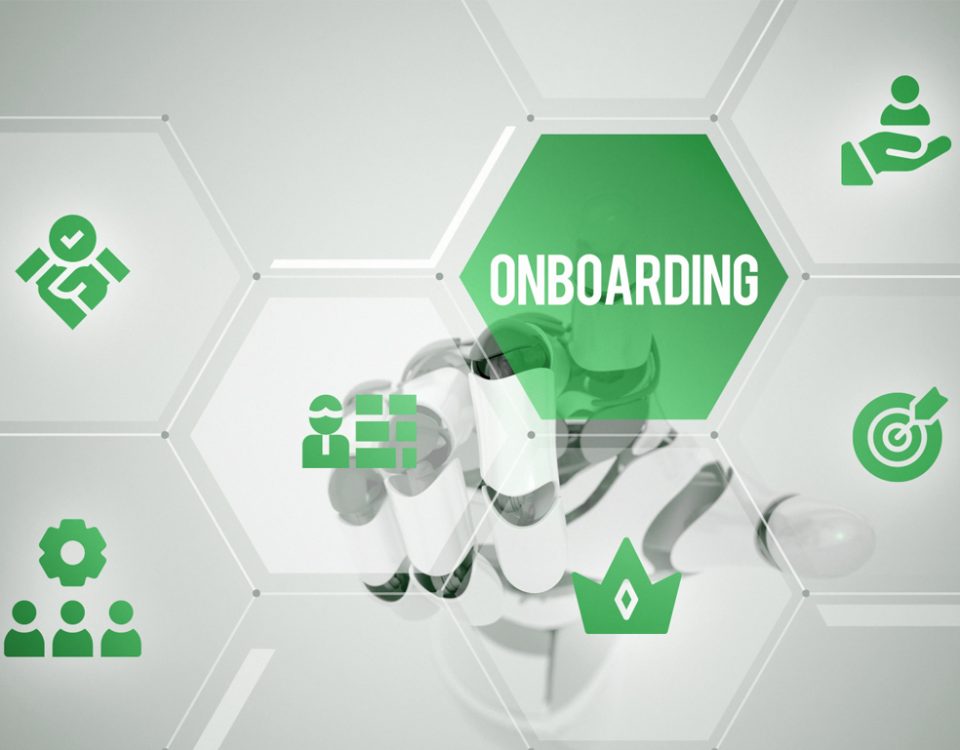
Four Ways Custom eLearning is Leveraged to Enable Nonprofit Workforce
June 7, 2022
Digitizing Health & Safety Training in Manufacturing & Machinery
June 30, 2022Augmented Reality and Virtual Reality training solutions make learning interactive and communicative and enable focused learning in a real-time setup. The tracking system of AR and VR also allows facilitators to track the progress of the learning journey and comprehension of concepts and reduce the chances of glitches in the learning journey.
In a PWC report ‘Seeing is Believing’ they mention how it can bring benefits to a range of industries. While there are similarities in AR and VR applications, these two are quite different. In AR learners stay connected to reality and have some elements explained to them virtually. It only imposes virtual information over the current item or setting. Whereas, in VR a learner is completely immersed in a different reality, which is not necessarily related to the existing reality of the participant.
When to use AR and VR for enhanced learning experience:
Augmented Reality |
Virtual Reality |
|
| Practice: | When participants should only be partially immersed. | When the participant is required to learn in an entirely different reality. |
| Haptic & Auditory involvement: | When learning in simulation is enough with multi-media. | When learning in simulation requires participants to use haptic and auditory elements as well. |
| Interactivity: | Users’ vision creates a blend between the virtual and real world. This helps the participant to learn beyond real-life objects. | When the replacement of the existing vision is accompanied by a virtual vision for participants to learn and understand the concepts. |
| Application: | To develop job-aids, performance support, or learning to support system. | To impart impactful conceptual knowledge which requires a change in knowledge, skill, or behavior. |
| Effect: | Enhanced performance and productivity. | Enables deep-rooted change in KSA, otherwise not possible in another format of training. |
| Tools: | Smart Glasses, HoloLens/Magic Leap One, etc. | VR Headsets such as Oculus Rift, HTV Vive, etc. |
Download the complete Infographic on AR vs VR.
Impact of AR & Virtual Reality Training Solutions on Learning and Development
The experiential training formats have taken the learning and development industry by storm with endless possibilities. This has become the most innovative, retentive, and engaging way to train employees and bring the greater desired change.
Ease of Visualization:
With AR and VR training solutions, the participating employees gain the freedom of visualizing the scenarios that they were supposed to visualize on a digital screen. As AR allows the addition of exiting information on top of the device screen, it enables the participants to view every information required in and around the device. Virtual reality training solutions takes the user to next level by taking them to different setups or scenarios.
VR allows users to experience real-time training (such as fire safety, height training, surgical device use, and ethical practice) where they can practice, learn, and re-learn. VR can be leveraged for its freedom to fail and learn from consequences characteristic.
Longer Information Retention:
AR & VR training solutions offer scope to address the curiosity of the learner. When information is present right in front of the learner, and when the learner is immersed in interactivity, it offers a greater learning experience and retention of information. The involvement of maximum senses allows participants to explore the possibilities, learn, and repeatedly perform tasks to excel in the same and retain the learning.
For example, in an in-flight simulation where pilots get trained on incident management, participants can develop strong physical memory and retain information for a longer duration.
Personalized Learning Experience:
AR and VR training solutions offer a personalized learning experience for each participant. They learn how they wish to, can have the option of their learning environment tweaking, explore their curiosity, and learn from individual consequences.
For example, onboarding a new hire with hands-on AR training offers great guidance, has coaching experience, indulges in a collaborative environment, and gets connected to the organization’s mission an
Develop Positive Confidence & Decision Making:
AR & VR allows the employee to experience the information, lead the learning, and explore the possibilities. It not only offers a learning experience but enables employees to learn, readies them to apply the same expertise at work, and thus improves their confidence in the workplace.
As L&D teams are leading the way toward a more confident and future-ready workforce, the varied application of AR &VR training solutions can help them towards a smarter workforce.
Simulations are undoubtedly great experience.
Immersive technologies are redefining the learning and development and employee learning experience. Technologies such as Augmented Reality and Virtual Reality are being increasingly used by various industries to upskill their employees.
Contact the simulation specialist at Ozemio today for an engaging learning experience.
Related services
Product Engineering







